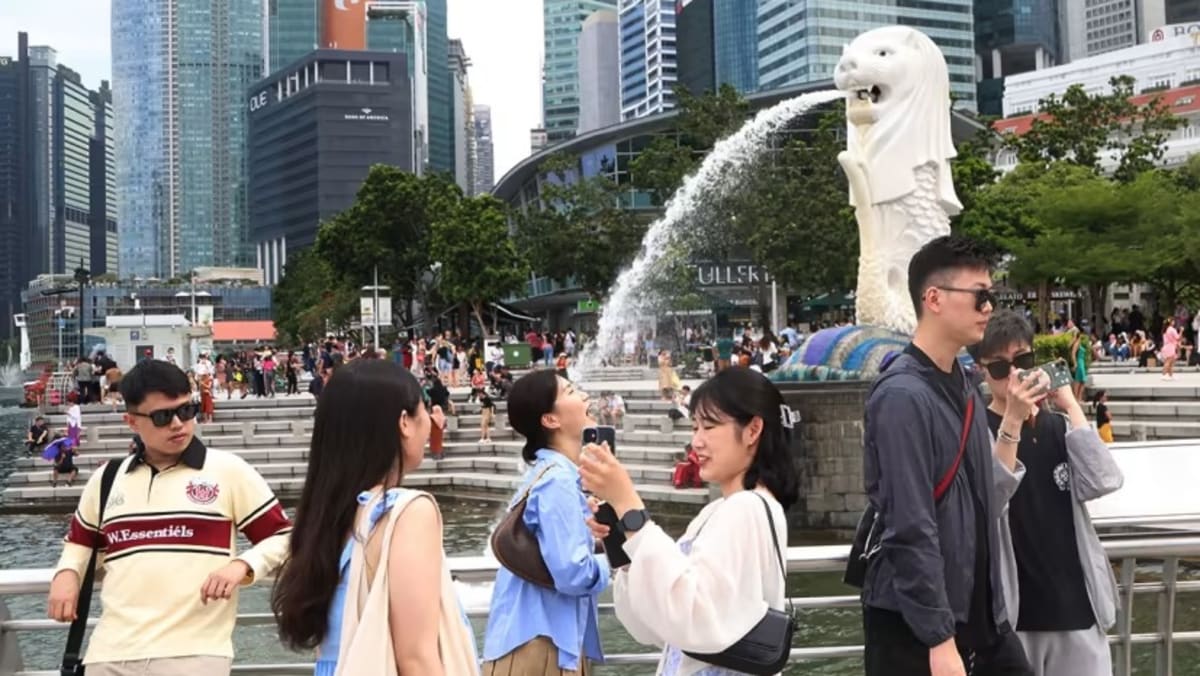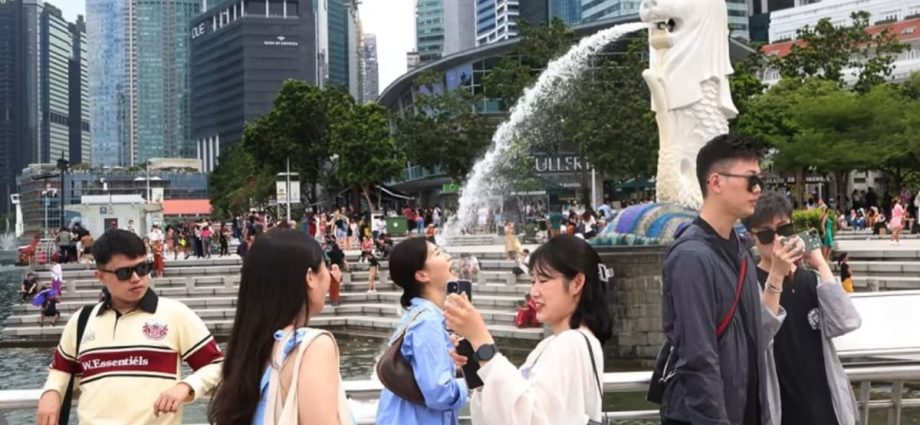
“But with people concerned about the current economic situation and global uncertainties, the impact of revenge travel and increased tourism spending might be muted.”
Deloitte Singapore’s transportation, hospitality and services sector leader James Walton said: “The increased cost and lack of availability of flights means that the cost of flight tickets is surging as airlines struggle to keep up with the demand surge. This makes travellers pick their routes and stopovers extra carefully.”
Noting that Singapore had been a short-stop destination of two to five days, the high cost of flights might make Singapore a less attractive option as compared with a one-location vacation.
AFTER INTEGRATED RESORTS … WHAT’S NEXT?
Described as a “game changer” for Singapore’s tourism market, Marina Bay Sands and Resorts World Sentosa opened in 2010 to much fanfare.
“Integrated resorts were unique to Singapore, having a casino with a hotel and other facilities like dining and retail for everyone, including families,” said Mr Khoo.
With their opening, Singapore’s tourism saw an immediate boom — tourism receipts grew year-on-year by 18 per cent in 2011 as compared with 2010, hitting a then-record high of S$22.3 billion (US$16.8 billion).
This is because the IRs have a symbiotic relationship with Singapore’s wider tourism promotion efforts, said Lee Kuan Yew School of Public Policy Associate Professor in Practice Terence Ho.
“The attractiveness of Singapore as a destination draws more visitors to the IRs, while the IRs in turn contribute towards Singapore’s branding and attractiveness,” he added.
And while there have been ups and downs for the IRs here — largely due to the pandemic halting international travel — results for 2022 show the two resorts as one of the factors leading Singapore’s tourism economic recovery.
In the first quarter of 2023, Marina Bay Sands’ net revenue more than doubled to US$848 million as compared with the same period in 2022. Mass gambling revenue also hit an all-time record of US$549 million at the casino.
As for Resorts World Sentosa, revenue in the first half of 2022 more than doubled that of the same period in 2021, from S$512.5 million to S$1.1 billion.
This was due to the rebound in travel, it had said then.
These earnings results are not surprising considering how China and other countries have reopened their borders, allowing high net-worth tourists to gamble in Singapore, said industry observers.
However, Mr Walton of Deloitte Singapore noted that one reason for the spike in gambling revenue could be the slow opening of Macau — the world’s biggest gambling hub — which pushed tourists to Singapore to satisfy their gambling urge.
As Macau opens up, tourists may give Singapore a miss and head to the Chinese territory instead.
But it’s not just competition from Macau that Marina Bay Sands and Resorts World Sentosa need to watch out for — the success of Singapore’s IR model has other countries planning to do something similar.
Japan recently announced that its first IR is set to open in Osaka in 2029; Thailand has just started a debate on legalising casinos in the country.
“For Singaporean, Malaysian and Indonesian gamblers, the Singapore IRs will always be the preferred options. However a legalised Thailand casino industry would definitely affect Singapore,” said Mr Walton.
He pointed to a Maybank estimate that the opening of a casino in Thailand could “potentially cost Singapore up to 25 per cent of gaming revenue”.
“Japan – being so far away and not as accessible to Chinese tourists – would have less of an impact,” he said.
However, Mr Benjamin Cassim, a senior lecturer in hospitality and tourism management at Temasek Polytechnic, added that once the attractiveness of a new integrated resort dies down, Singapore’s IRs can expect to get back to a “business as usual phase”.
“Both the IRs offer very strong propositions in terms of not only the casino product, but also the combination of top quality accommodation, food and beverage, retail and entertainment. These make up the overall competitive advantage for Singapore when it comes to high touch service delivery and holistic visitor experiences,” said Mr Cassim.
It is for this very reason that experts like him said that it is crucial that Marina Bay Sands and Resorts World Sentosa continue to upgrade their offerings and experiences — something that they are already doing.
Both IRs have committed a total of S$9 billion in investment into upgrading non-gaming facilities. In exchange, the government has granted both integrated resorts exclusivity for their casinos up till end-2030.
As part of the commitment, Resorts World Sentosa is expanding its theme park Universal Studios Singapore and the S.E.A Aquarium, which will be completed in 2024. Two additional hotels are also part of the enhancements, though their completion date has not been announced.
Similarly, Marina Bay Sands is set to build a fourth tower with a 15,000-seater entertainment area and about 1,000 more hotel rooms, among other new expansions.
However, the IR’s expansion plans have been delayed a couple of times — it had cited the pandemic’s disruption to the construction industry as the reason behind its first delay.
They are now expected to start by April 2024 and complete by 2028.
Marina Bay Sands also has an additional S$1.33 billion reinvestment programme to upgrade its hotel services, such as its suites, fine dining concepts and wellness offerings.
More than 850 hotel rooms in Towers 1 and 2 have been upgraded in the first phase of its rejuvenation programme, the hotel announced on Apr 27, and it will be increasing the number of suites in the two towers from 137 to 422 by the end of 2023.

